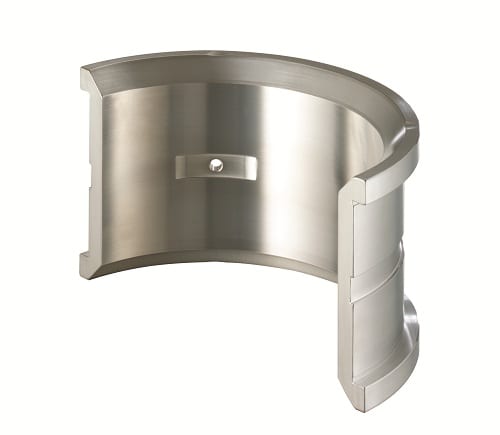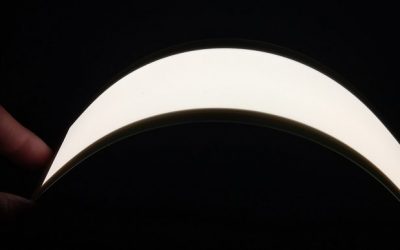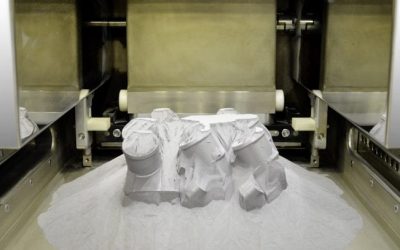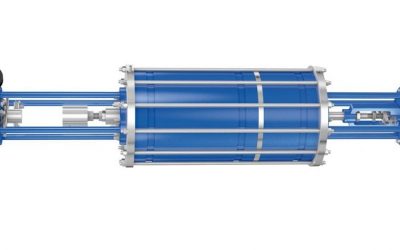Plain bearings are universal machine components for the transfer of forces to moving functional surfaces. The distinguishing characteristics of hydrodynamic plain bearing alloys for highly stressed, fast-running machines are a high dynamic load capacity to withstand stresses and good shock-absorbing properties. The sliding layer of these hydrodynamic plain bearings is composed of metallic materials from a wide range of alloy systems, according to the particular requirements.
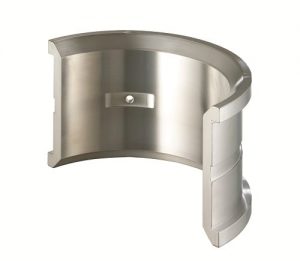 White metal alloys offer high load-bearing capacity along with simultaneous tolerance of overloading and impact loading, as well as outstanding emergency operation properties with minimal lubrication. Plain bearings made from white metal compound materials are therefore first choice for reliability and longevity in turbines, electric motors, large gearboxes and very large diesel motors. However, in some applications these do increasingly reach the limits of their capacity, meaning that the plain bearings either need to be correspondingly large or alternative materials must be used.
White metal alloys offer high load-bearing capacity along with simultaneous tolerance of overloading and impact loading, as well as outstanding emergency operation properties with minimal lubrication. Plain bearings made from white metal compound materials are therefore first choice for reliability and longevity in turbines, electric motors, large gearboxes and very large diesel motors. However, in some applications these do increasingly reach the limits of their capacity, meaning that the plain bearings either need to be correspondingly large or alternative materials must be used.
In practice, it has been shown that while the alternative, using aluminum-tin (AlSn) bearing materials, provides more than sufficient fatigue strength, it does not have the tolerance of white metals. This leads to the demand for a white metal with greater strength. Therefore, the company ZOLLERN planned to develop a high-strength white metal plain bearing alloy that exceeds the load-bearing capacity of currently available alloys by 20%. As current white metals often still contain cadmium and arsenic, this new development was required to avoid these and other toxic elements.
Realization of the idea was successful, as part of a research project together with the German Drive Technology Research Association. The new white metal bases on the tried and tested tin-antimony-copper (Sn-Sb-Cu) system. A range of different concepts were used to determine a target alloy that combined good properties of durability and strength. Another requirement was that the technical alloy modifications must not have a detrimental effect on the technical properties. To increase strength, bismuth (Bi) and zinc (Zn) are used as alloy components.
Targeted with the element tellurium is used to counter embrittlement of the structure. A number of alloy and structure variations were tested to achieve this. Parallel to the modification stages in the development of the alloy, there was an explicit requirement to investigate the properties of the composition.
ZOLLERN filed a patent application for the alloy finally discovered. This formed the foundation for the further development of the ZOLLERN material WM 2020-pro. Trials with this further development of the alloy on dynamic plain bearing test facilities clearly show in a benchmark comparison with the available white metal alloys on the market that the target of a 20% increase in fatigue strength has definitely been achieved, both in comparison with the cadmium and arsenic-containing and the cadmium and arsenic-free high-performance materials.
After successful completion of all test phases, the introduction to the market of the new high-performance white metal WM 2020-pro is planned for the second half of 2012.

